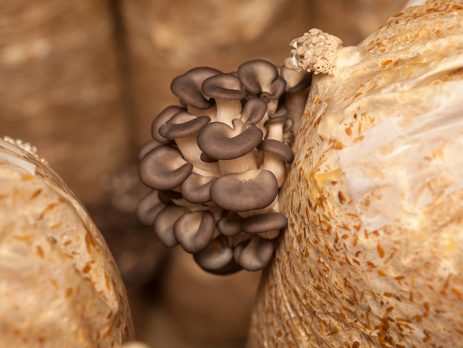Mushroom Grain Spawn Sterilization
Mushroom growing demands rigorous sterilization.
After all, the air is chock-full of contaminants that can stymie your fungi’s growth before it starts.
Sterilize well, and you’ll enjoy increased yields with consistently high quality. Sterilize shoddily, and you’ll face crop loss, wasted resources, and diminished profitability.
Fortunately, it’s not as complicated as you might think. Pressure cookers are a tried-and-true starting point. Autoclaves, like the SH Scientific line, are a further step up in safety and efficiency.
In this article, we’ll briefly look at the role of sterilization, then share a few reasons why autoclaves are such a popular choice.
What is grain spawn?
Mushroom grain spawn consists of sterilized grains that you’ve inoculated with mycelium. In effect, it’s the starting point of mushroom cultivation.
All sorts of grains are used for grain spawn. The most common are familiar varieties like rye, millet, and wheat. Mycelium, which is not unlike mushrooms “roots,” draws nourishment from the grains as it colonizes them over the course of a couple weeks.
At that point, the grain spawn should be fully colonized—assuming it was properly sterilized in the first place. You’ll transfer it to a sterile substrate like straw or sawdust. That’s where mushrooms will ultimately grow and fruit.
How long does it take to sterilize mushroom substrate?
Sterilizing mushroom substrate takes about 2 hours at 121° C and 21 psi.
That’s just a rule of thumb. Temperature, pressure, substrate amount, packing density, and the equipment itself all make a difference.
Higher pressure enables higher heat, therefore faster sterilization. However, pushing the limits of your pressure cooker or autoclave is a massive safety risk. Avoid that temptation, no matter what others may claim to do.
What’s the most efficient way to sterilize mushroom substrates?
Autoclaves are typically the most efficient way to sterilize substrates (as well as grain spawn).
They use steam that’s pressurized to reach temperatures above the boiling point. That kills contaminants in just a couple hours, unlike the lengthy cycle of a bulk atmospheric steam sterilizer.
Conceptually, autoclaves are like programmable, hands-off pressure cookers. They maintain high temperature and pressure without supervision, so you can run multiple sterilization cycles while attending to other priorities.
That spells uniform and consistent sterilization. You can trust that your grain spawn is ready to inoculate, and that your substrates will support a quality crop.
Are autoclaves better than pressure cookers for sterilizing mushroom grain spawn?
Autoclaves and pressure cookers are both capable, but autoclaves are much more efficient for larger growers.
In fairness, pressure cookers are more affordable and accessible for hobbyists. If money’s tight, then they’re the way to go. However, they limit larger operations in two ways:
- Smaller size means running many devices, many cycles, or both.
- Lack of automation requires frequent attention.
With large capacity and programmable controls, autoclaves remove those bottlenecks in your time and output.
SH Scientific autoclaves for grain spawn sterilization
When you choose an SH Scientific autoclave for mushroom growers, you’re choosing world-class equipment trusted by high-profile labs and research facilities.
With models from 60 liters to an enormous 550, there’s a cost-effective option for mushroom businesses of every size and stage.
Contact our US sales office for help finding the right autoclave to serve you for the long haul.











